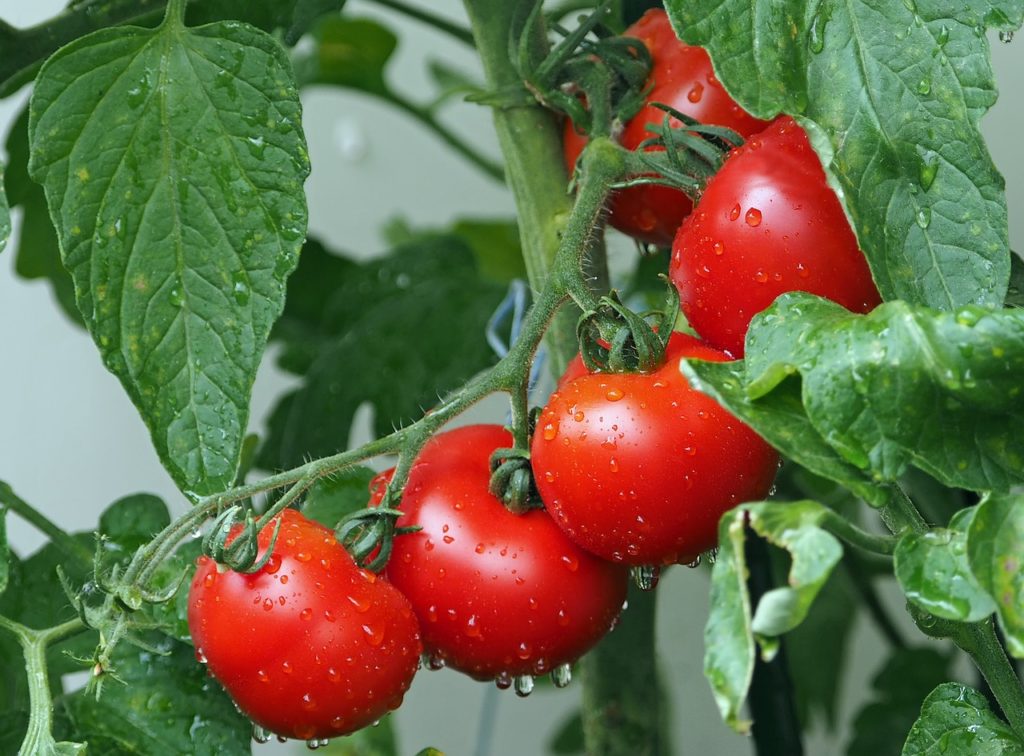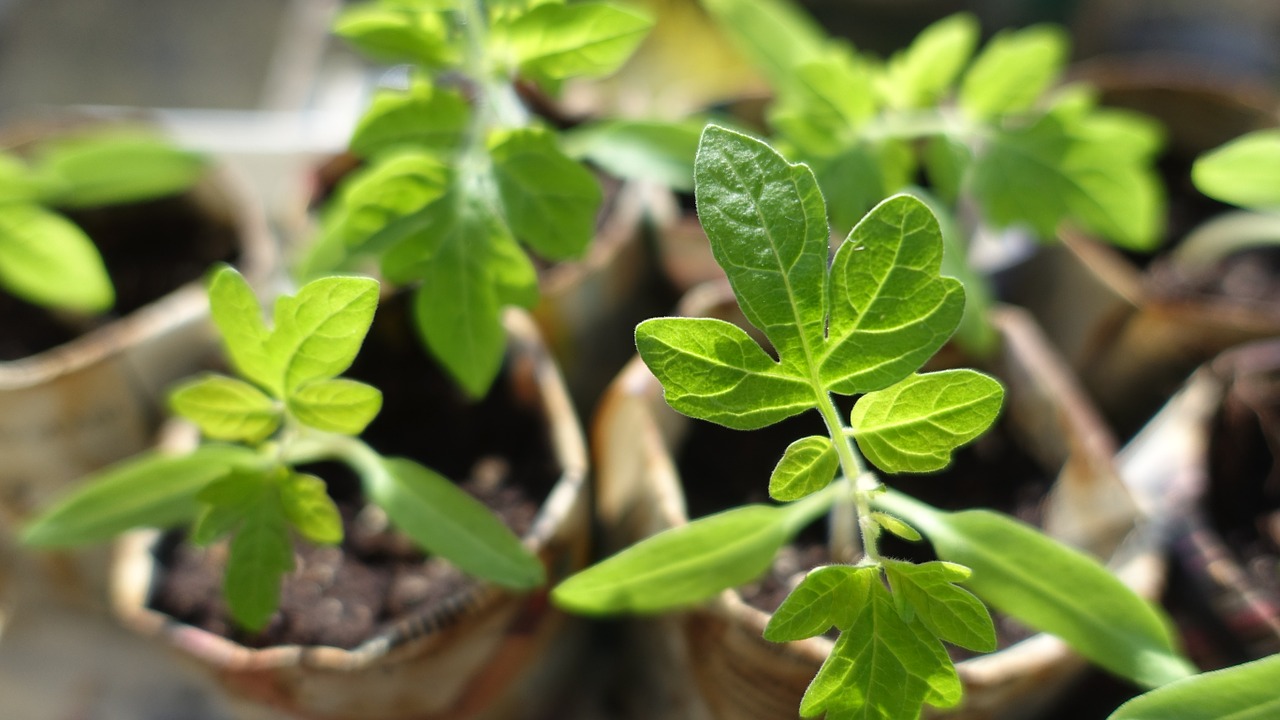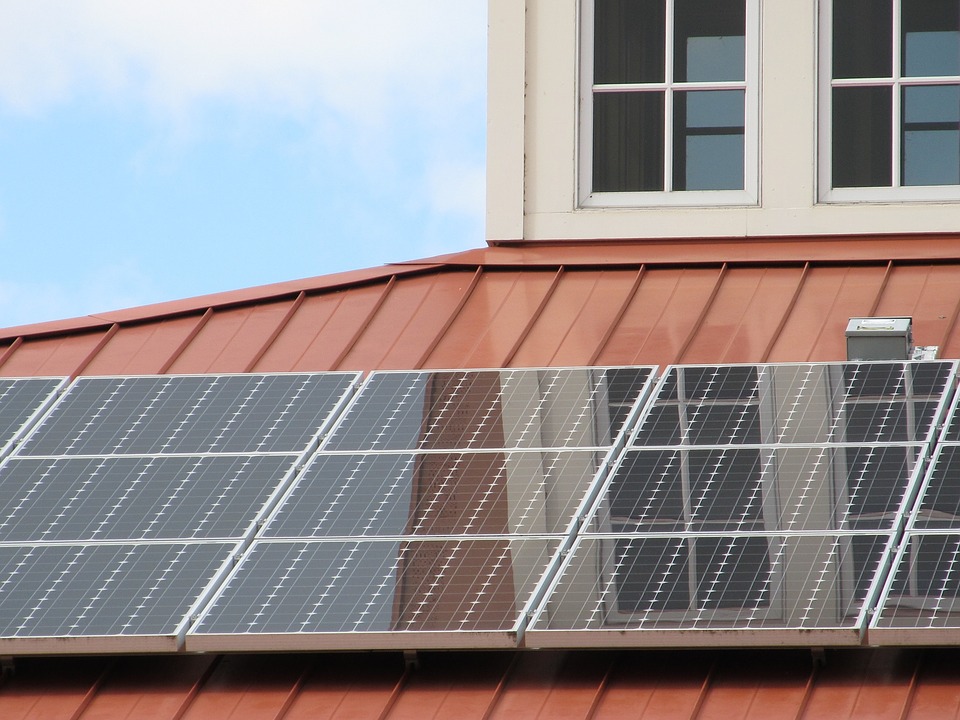If you are an avid tomato grower you’re probably envious of all the different varieties that other growers talk about, but that you can’t find transplants for in your area. In many cases, those growers are growing tomatoes from seed.
Growing tomatoes from seed really isn’t that difficult, as long as you understand a few basic things. Well, I will walk you through this process below. Read on.
Why is it necessary to start tomato seeds early?
Tomato seeds planted in the garden won’t germinate until the ground is warm enough. What’s the ideal ground temperature? They germinate best at temperatures in the 70-80 degree range.
If you plant seeds directly into the ground, odds are the summer will be too short for tomatoes to become productive before the end of the growing season unless you live in one of the warmest climates in the US.
The days to harvest number that is on a packageof tomato seeds assumes that you are using transplants.

To decide if your area is warm enough to plant directly in the ground, add 30-50 days to that number. So if it says 90 days you would need 120-140 days of temperatures above 70 degrees to get your first ripe tomato if you plant the seeds in the ground!
When should I start my seeds?
Most people who are growing tomatoes from seed start 4 6 weeks before the last expected spring frost date in their area. You need to wait to plant the seedlings outdoors about 2 weeks after that date when the soil has warmed up to at least 50 degrees.
The date you start growing tomatoes from seed can vary depending on the space you have available and the length of your growing season.

First, you need to gather some important items:
- Containers: Start with clean, sterile containers to grow your tomato transplants in.
Your local garden center or big box store should have seed starting kits that consist of a black plastic tray with peat pots or plastic inserts and a clear plastic dome cover that fits over the top.
If you’re only starting a few seeds, you may want to just plant them in paper or foam cups with holes punched in the bottoms.
Many of us like to save money and reuse flats or recycle containers like plastic milk jugs for starting seeds. This is fine as long as you wash them thoroughly and then sanitize in a 10% bleach solution (1 cup bleach in 10 cups of water).
Note: Be sure whatever container you use has drainage holes in the bottom so that excess water can drain out.
- Lights: You cannot grow a healthy transplant without proper light. Even a sunny, south-facing window is not really adequate. Using a led grow light or fluorescent light on a timer that it is on for 12 hours and then off for 12 hours, will ensure that when you are growing tomatoes from seed your plants get all the light they need to grow properly.
You will need to plan a way to raise the lights so that the top leaves of the plants are 2- 3î below the lights. One method is to use a wire shelving unit. The chain that comes with a fluorescent shop light works perfectly to hang it from the shelf above your plants.
- Growing Media: Use fresh, sterile germination mix labeled for seed starting. These mixes are usually peat-based and do not contain garden soil.
Tip: More than 50% of people who are growing tomatoes from seed for the first time lose their seedlings to damping-off disease. This fatal disease can literally wipe out your seedlings overnight. Starting with sterile containers and soil mix will greatly decrease the chance of your seedlings becoming infected.
Read also: How To Choose The Right Containers For Your Container Garden
Growing tomatoes from seed are the only way to have the very best tasting and old fashioned heirloom varieties which are not usually available as nursery started plants.
Read also: Does Organic Gardening Improve Soil Quality?






















